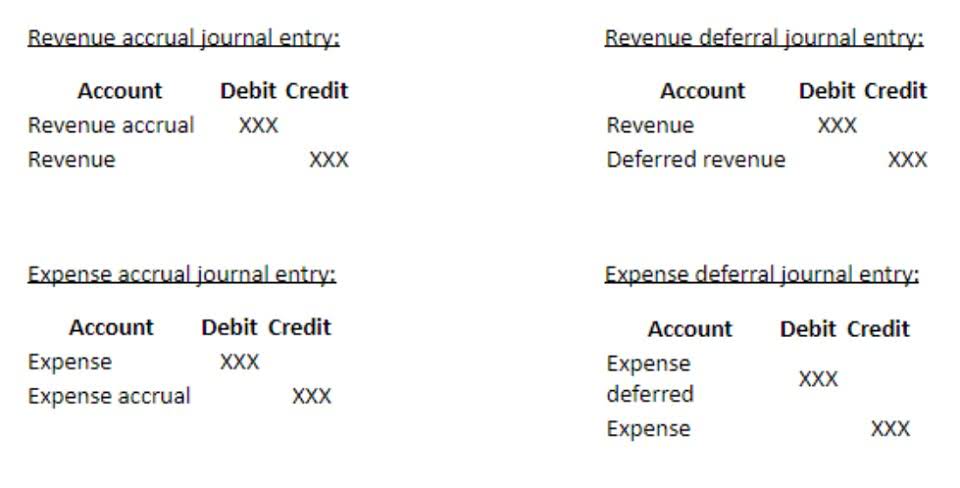What Is Business Process Automation?

Whether you’re onboarding clients, managing vendor partnerships, or coordinating with third-party service providers, every step in the process matters. Once the suggestions are approved, create a future-state version of the process map. Ensure it includes clear roles, automated steps, and improved communication paths for all external-facing interactions. In this guide, we’ll explore the importance of business process analysis, how it differs from broader business analysis practices, when it should be applied, and the techniques that make it effective. Establish key performance indicators (KPIs) and regularly monitor the performance of your BPA solution. Tracking KPIs allows you to measure progress, identify areas of improvement, and ensure the automation solution delivers on your intended objectives.

⏰ To improve customer satisfaction
I realize now I was essentially my friend’s business process automation in human form—the task was so repetitive I could do it while eating leftover pizza and watching anime at the same time. While actual automation would have put me out of a side hustle, that $75 worth of stupefyingly repetitive menial labor bought me about a month of groceries. Business process automation is the key to creating a more efficient team.
- Last but not least, let’s answer some of the most frequently asked questions about the business process analysis.
- Your business goals determine where and how you implement business process analysis.
- Such a system eliminates redundant efforts, reduces the chances of errors, and ensures that teams operate cohesively.
- Business process automation (BPA) is the use of technology to automate repeatable, day-to-day tasks.
- It also helps them align the merged entity’s workflows with its overall strategic goals.
Reduced Operational Costs

Workflow orchestration is critical in enabling synchronized business processes and smooth data flow, enhanced by these BPA advancements. Aligning BPA efforts with an organization’s strategic goals ensures that automation initiatives contribute to broader business objectives and digital transformation. Developing SOPs and establishing clear roles for those involved in BPA are crucial to managing automated processes effectively and integrating them seamlessly with the surrounding business ecosystem.
Human Resources and Onboarding
Business process analysis (BPA) is essential for improving efficiency, reducing costs, and enhancing organizational performance. Your company can identify bottlenecks, eliminate inefficiencies, and optimize workflows by analyzing processes. Involving stakeholders, using the right tools, and focusing on measurable outcomes are critical to successful BPA. Continuous improvement and effective change management ensure long-term benefits and a competitive edge.
Most business processes benefit from continuous improvement, but there are situations where a BPA is more helpful than others. Enable the teams closest to your business processes to evolve and transform how your organization gets things done. Then, once your process is created, you choose how it is triggered and what it outputs, such as a process that starts when you fill out a form and ends when you get a confirmation email. To that end, it is usually beneficial to have a process automation bookkeeping platform that is included in a robust document management solution, that includes a repository and forms functionality. Having process automation capabilities and the features that support them within the same software is far more convenient than having to bridge the connections with other solutions.

While BPA implementation does come with its set of challenges, they can be overcome with the right strategies. To mitigate employee resistance, businesses must effectively communicate the benefits and objectives of BPA to showcase the value it brings to the company and its workforce. Engaging employees in the bpa meaning business BPA process creates a sense of ownership over the automation changes. They are designed to automate routine tasks and often include features such as workflow design, process modeling, and analytics to augment business workflows.

Standardization of Operations
- When you automate workflows, especially those involving customer data, financial transactions, or internal approvals, security becomes non-negotiable.
- Countless companies have already succeeded at using automation to dramatically increase the ROI of other tech solutions and the efficiency of employees who use them.
- When Ford analyzed its vehicle assembly process, the company identified several bottlenecks that were causing delays and increasing costs.
- It entails scrutinizing a process and pinpointing areas for improvement.
Whether you’re a lean startup or an established enterprise, automation unlocks powerful advantages that impact every layer of your business. To get the most out of business process automation, you need to understand the full landscape of tools and technologies that make it work. Each component plays a critical role; some act as the foundation, while others add intelligence, scalability, or accessibility to your automation efforts. Depending on your goals and the complexity of your operations, you’ll want to approach business process automation from different angles. Too often, inefficiencies in manual processes get baked into BPA processes, decreasing ROI. Robots are meant to mimic humans, but that doesn’t mean https://www.bookstime.com/ they need to take the exact steps a human would.
